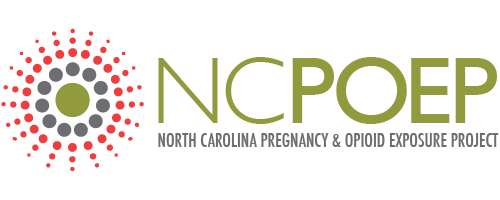There are a variety of definitions of treatment. The American Society of Addiction Medicine (ASAM; www.asam.org) defines the treatment of addiction as follows:
The use of any planned, intentional intervention in the health, behavior, personal, and/or family life of an individual suffering from alcohol use disorder or from another drug addiction, and which is designed to facilitate the affected individual to achieve and maintain sobriety, physical, spiritual, and mental health, and a maximum functional ability.
In addition to this helpful definition of treatment, the ASAM has established a set of treatment criteria that are widely used to determine which level of care will best meet the needs of an individual, given his or her unique treatment needs. Matching the individual to the appropriate level of care can greatly enhance treatment outcomes for substance-use disorders. Treatment referrals should be based on a multidimensional assessment that considers the following ASAM Criteria dimensions:
Six Dimensions
- Dimension 1: Acute intoxication and/or withdrawal potential
- Dimension 2: Biomedical conditions and complications
- Dimension 3: Emotional, behavioral, or cognitive conditions and complications
- Dimension 4: Readiness to change
- Dimension 5: Relapse, continued use, or continued problem potential
- Dimension 6: Recovery environment[1]



